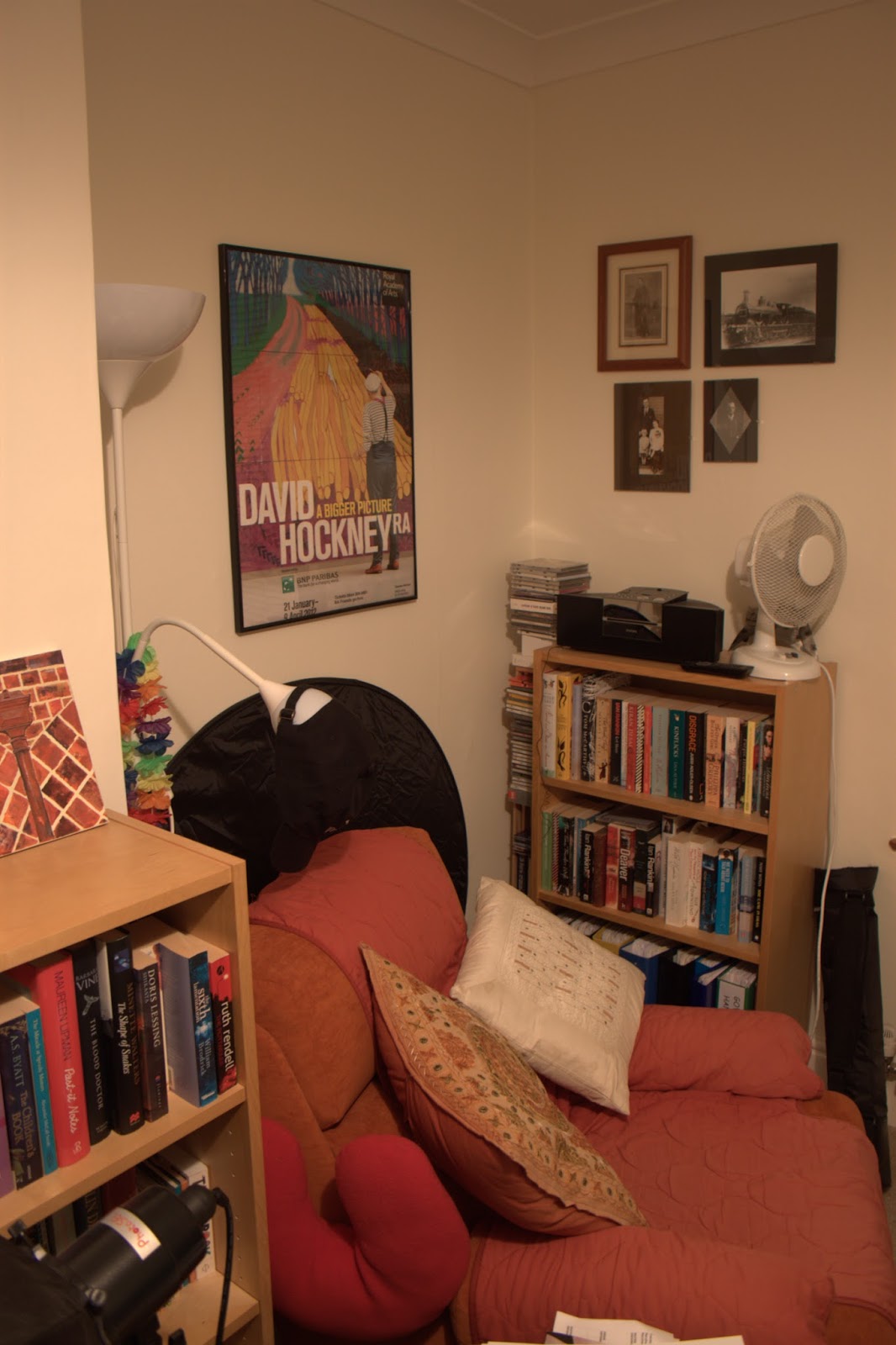The purpose of this exercise is to demonstrate the processing advantage of raw, but at the same time to put this advantages in perspective. I have taken three images in three different lighting situations using a combination of raw and the highest quality JPEG offered by my camera.
Daylight
 |
| P551: f8 @ 1/80 ISO 100 27mm AWB JPEG |
 |
| P551 |
 |
| P552: f8 @ 1/125 ISO 100 27mm AWB raw |
 |
| P552 |
 |
| P553: f8 @ 1/125 ISO 100 27mm AWB raw amended |
 |
| P553 |
In P553 I increased the contrast, highlights and shadows plus decreasing the black clipping. The result is lighter than the original raw and fractionally lighter than the JPEG version.
Artificial light
 |
| P554 : f4 @ 1/5 ISO 200 18mm JPEG AWB |
 |
| P554 |
 |
| P555: f4 @ 1/5 ISO 200 18mm AWB |
 |
| P555 |
.jpg) |
| P556 : f 4 @ 1/5 ISO 200 18mm AWB RAW amended |
For P556 I increased the highlights and increased the shadows to lighten the image. Looking at the original RAW and JPEG, I can see that the RAW image is darker.
 |
| P556 |
High dynamic range
 |
| P557: f9 @1/200 ISO 100 21 mm WB Daylight |
 |
| P557 |
.cr2) |
| P558:f 9 @1/200 ISO 100 21 mm WB Daylight |
 |
| P558 |
.jpg) |
| P559: f9 @1/200 ISO 100 21 mm WB Daylight |
 |
| P559 |
Comparing the two versions for each scene, the colours seem darker in the Raw version ( less apparent in the high dynamic range model) and in the case of the image taken in daylight a little more saturated. Not a great deal of difference regarding dynamic range that I can see.
No comments:
Post a Comment